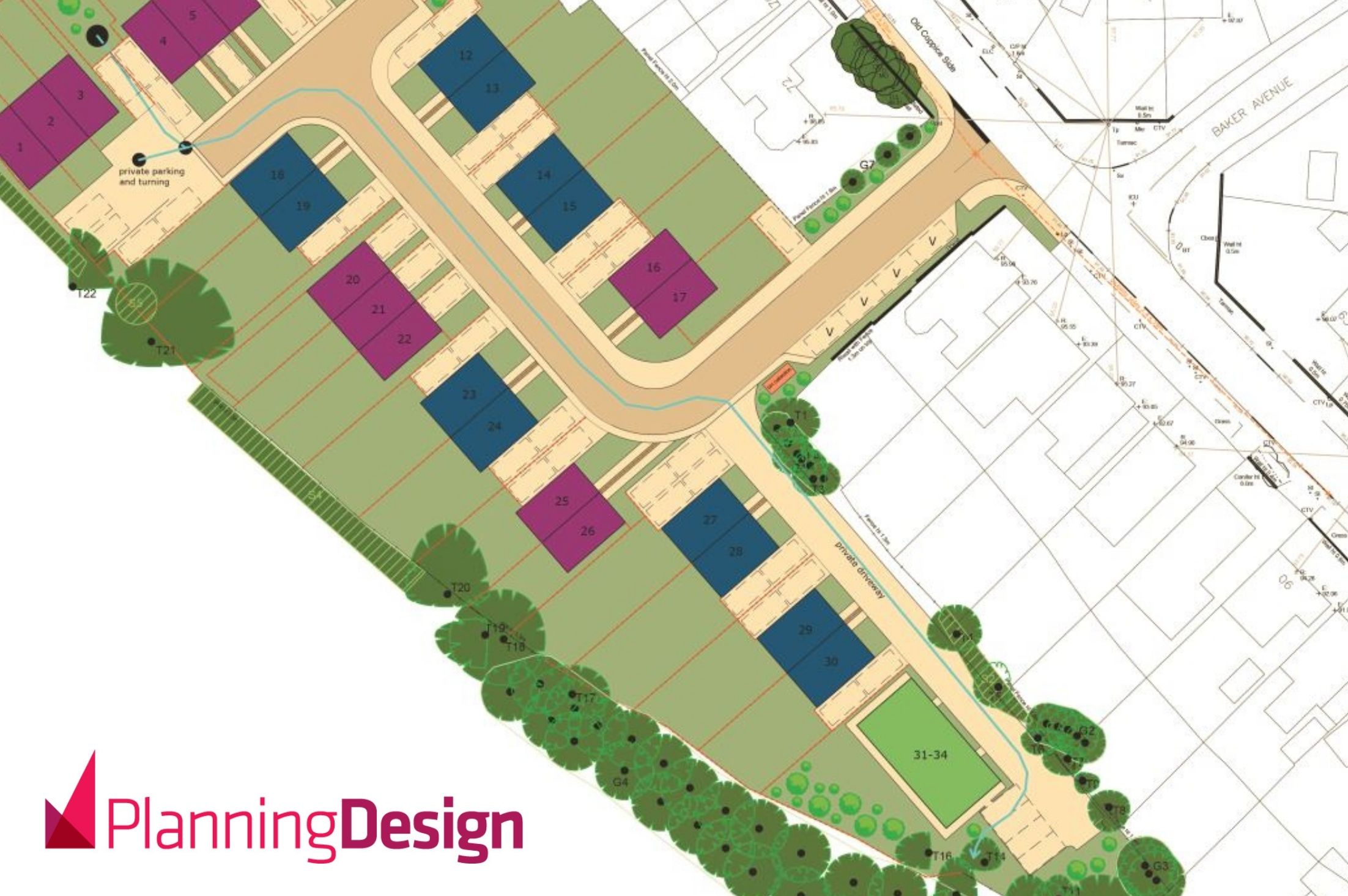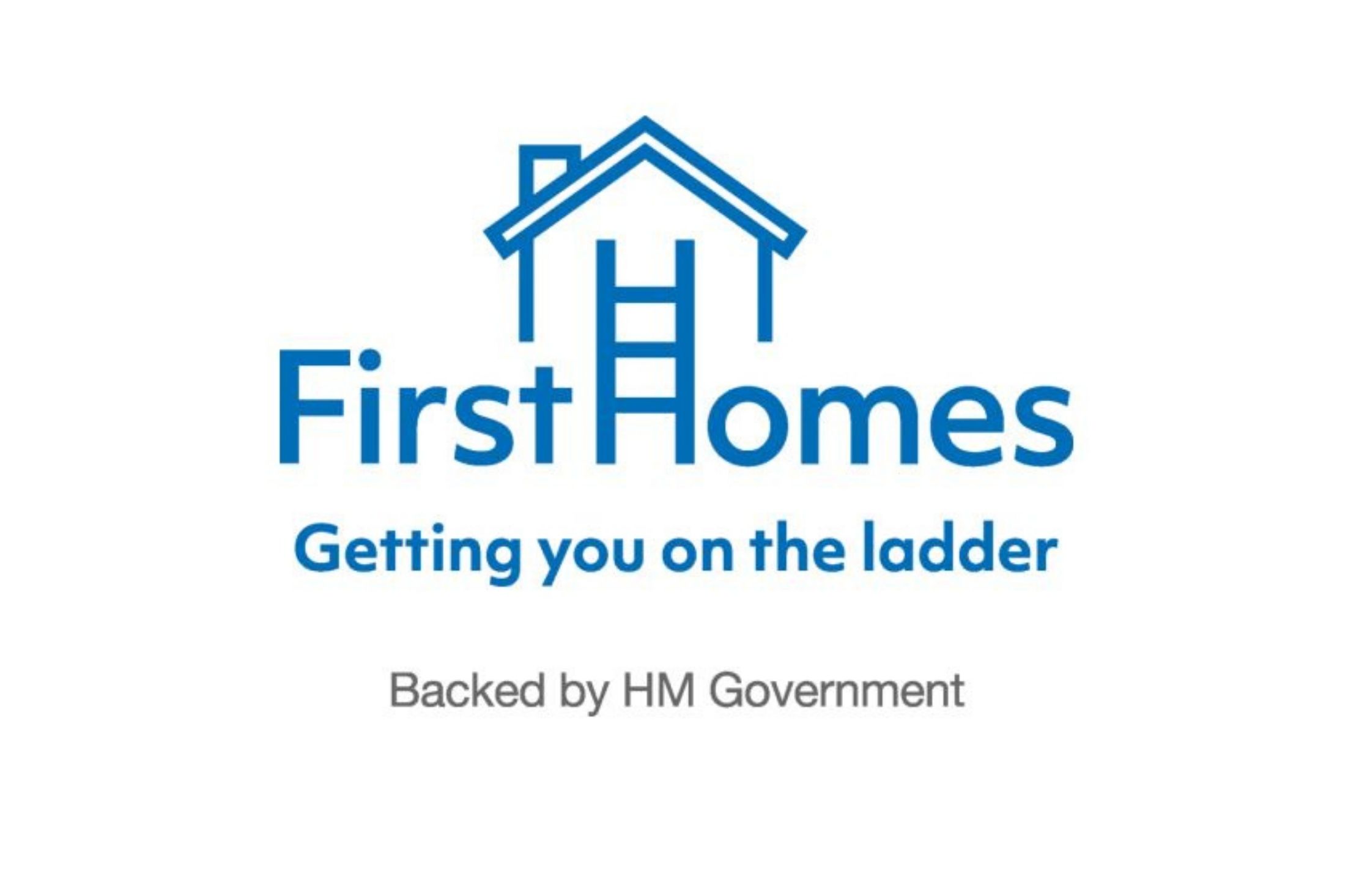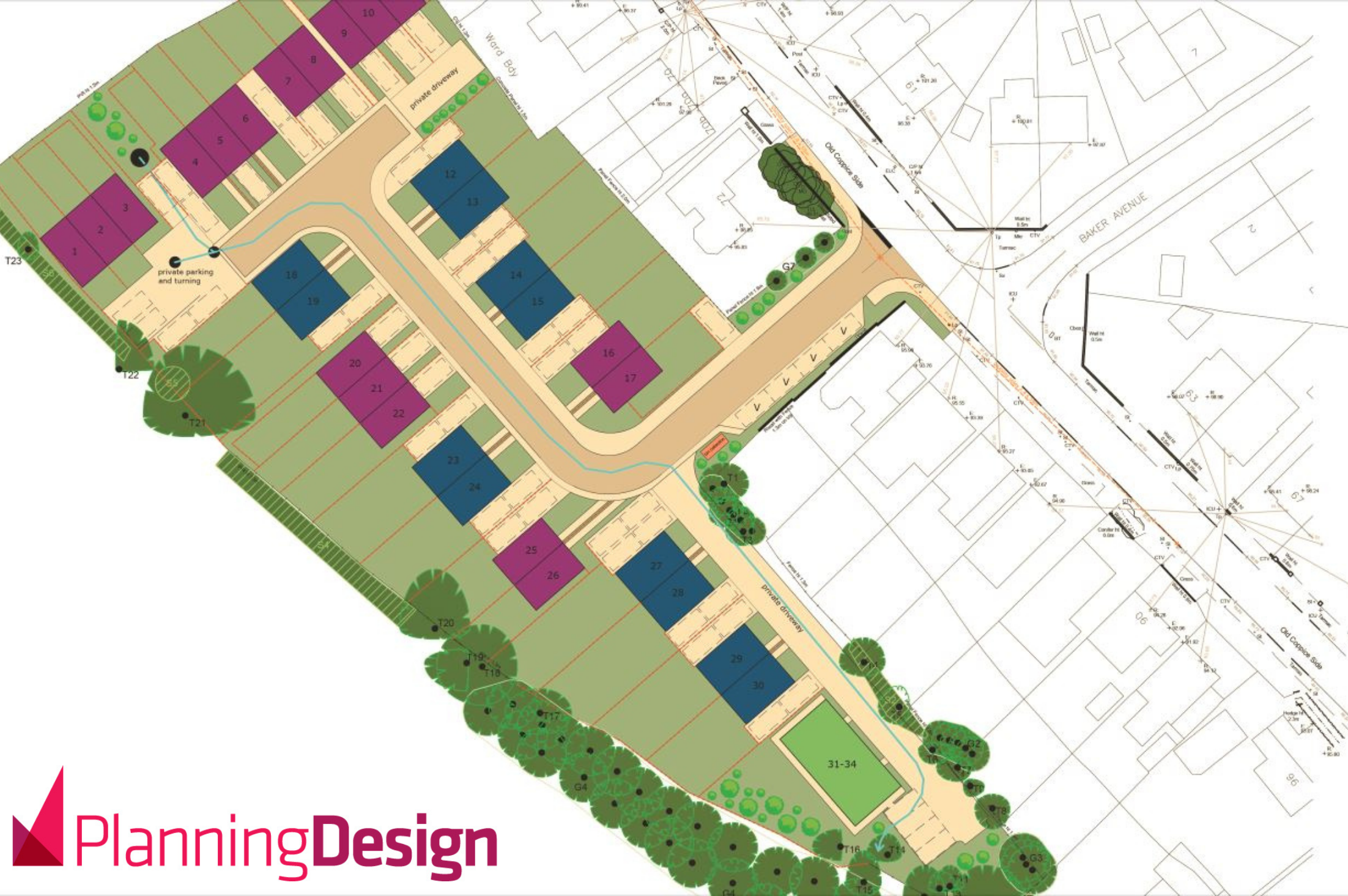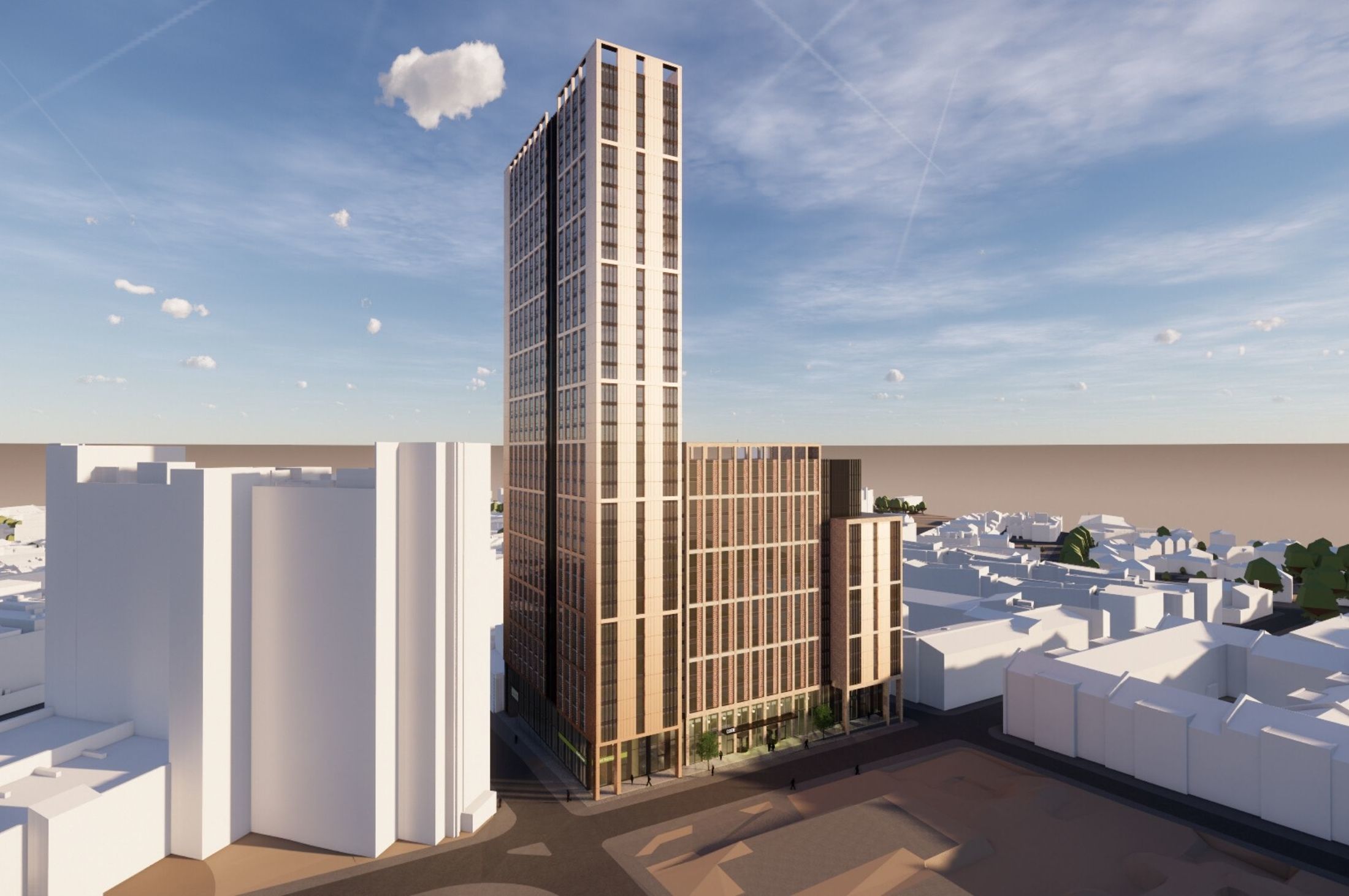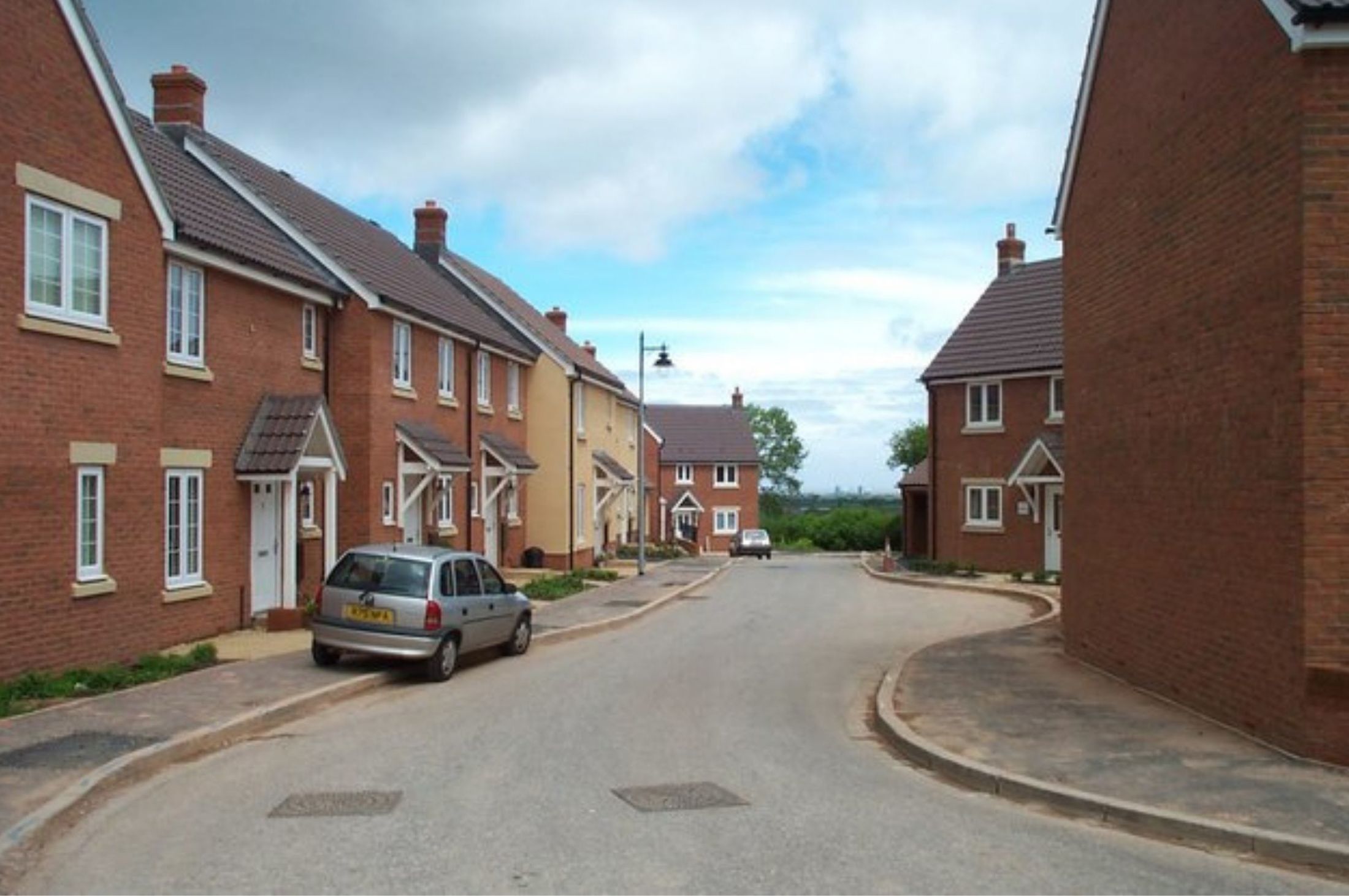Planning & Design Practice Ltd are delighted to be working with East Midlands Homes in designing 33 affordable homes in Old Coppice Side, Heanor, Derbyshire.
We obtained planning permission earlier in the summer for 33 one, two and three bedroom homes on land outside the Green Belt next to Shipley Country Park. You can read more about that as this link.
Siegfried Doering, a senior member of our Architectural team is now working with East Midlands Homes to provide detailed designs and specifications for the new homes which will be available to rent by local people in housing need.
This 100% affordable housing scheme will provide much needed housing in a sustainable location next to the park. The houses will be built to a high standard with gardens, parking for cars and private amenity space.
The site is within a short walking distance of Coppice Primary School and there are local shops on Roper Avenue. The site has good access to public transport and with its proximity to the county park future residents will benefit from the wide range out outdoor activities and amenities right on their doorstep.
The homes will be built over the next two years and will help to meet the shortfall in affordable housing in Amber Valley.
We work with developers of all sizes, from small companies working on one property at a time to large housebuilders and commercial organisations where multi-million pound schemes are the norm.
We believe in good architecture. Our approachable and experienced team comprises architects, architectural assistants, designers and technicians. We offer a comprehensive design service through all the RIBA work stages from concept through to completion.
Our core planning and architectural expertise is supported by specialists in Heritage and Urban Design. We always think innovatively, and a collaborative approach is at the heart of what we do.
For more information, or to discuss how we could help with a specific project or property please don’t hesitate to get in touch.
